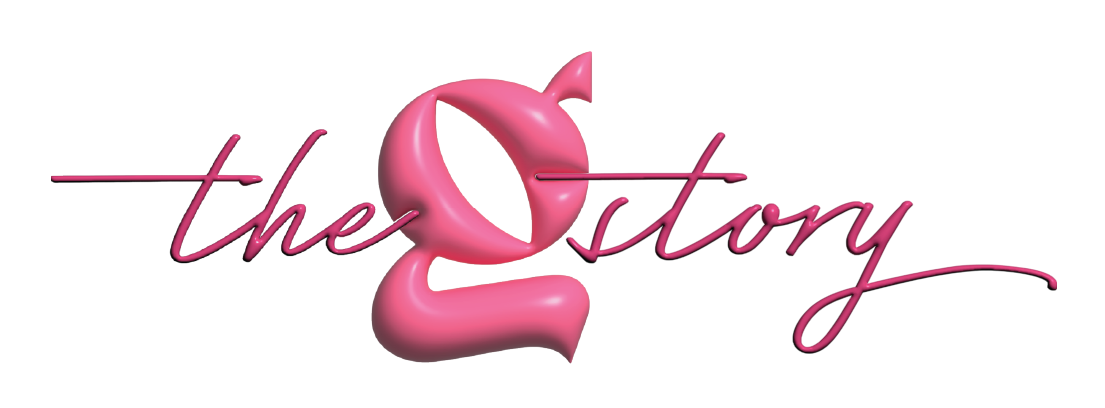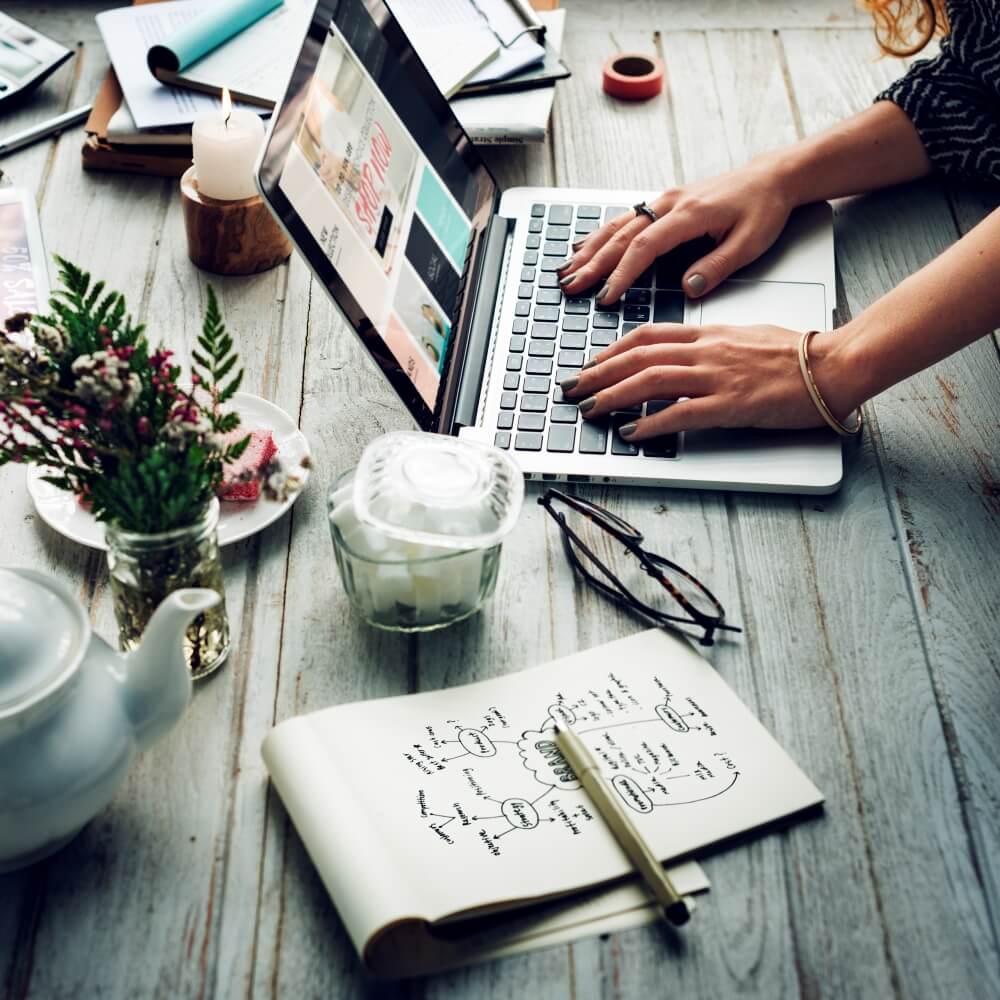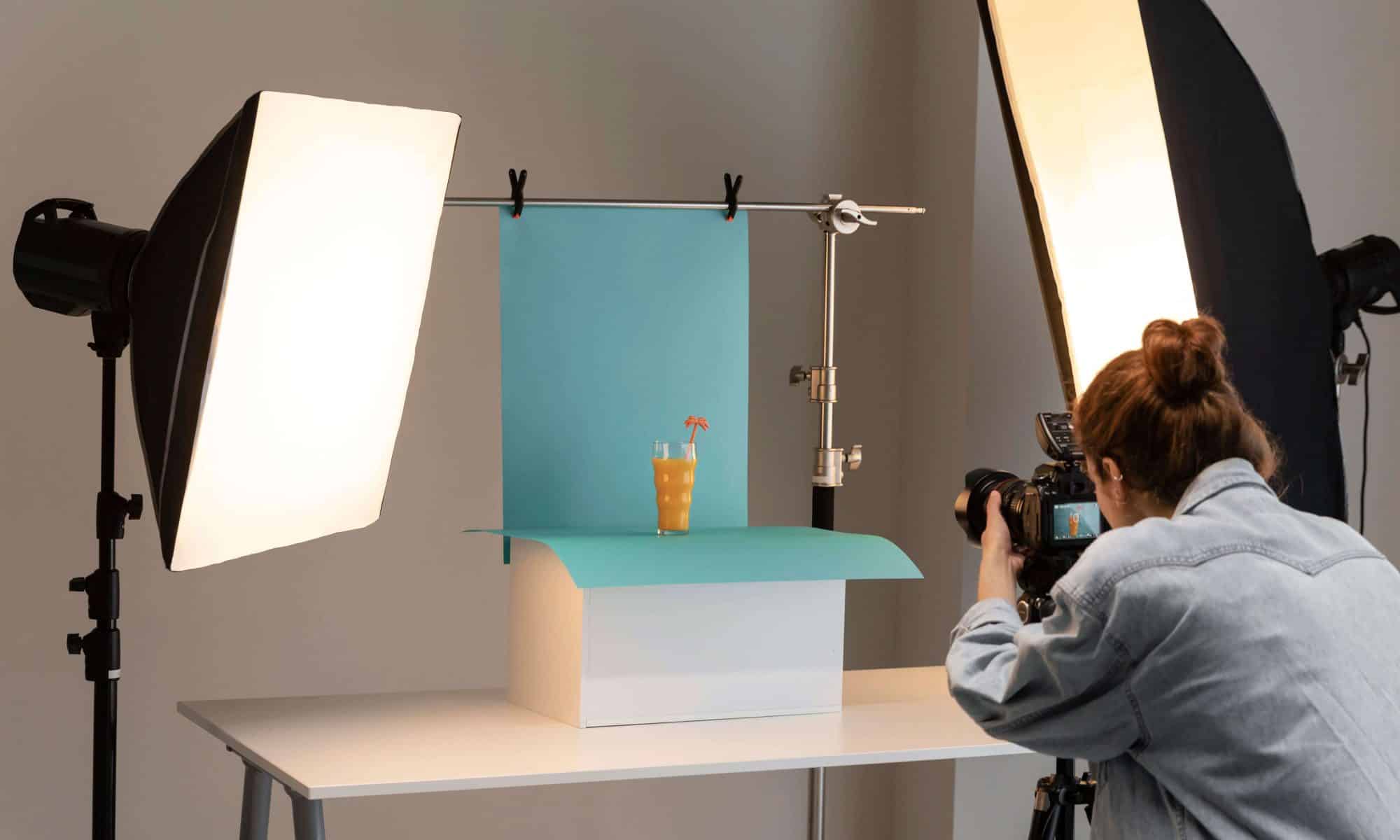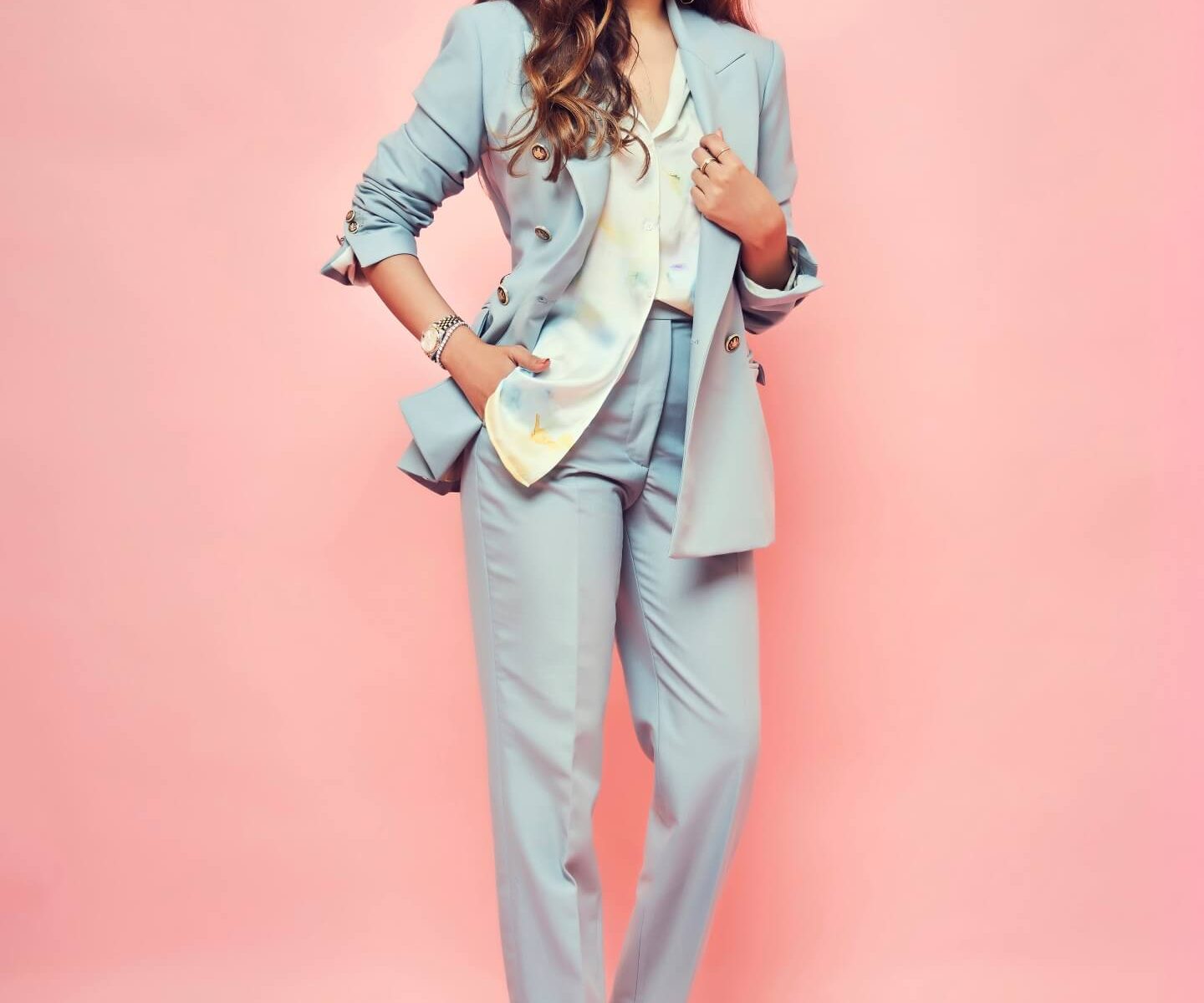In the early 1990s, when computers and the Internet became commonplace, brands tapped the opportunity to launch their websites, blogs, and email campaigns, introducing content marketing to the world. A few years later, the arrival of social media further transformed the marketing landscape with text posts, images, videos, podcasts, and paid ads. Now, there are content marketing agencies dedicated to providing A-Z content services.
What does this evolution mean for start-ups and established companies today? Simply put, having a good content marketing strategy is a cornerstone for business success. It serves two critical purposes: improving brand image and promoting sales growth. How? We’ve discussed precisely that in today’s blog.
Let's talk about brand image! How can a creative content creation agency amplify it?
Brand image is what your target audience thinks of your company and its offerings. Various elements can influence the brand’s perception, such as its reputation, values, personality, visual identity, messaging, creative content styling, and customer experiences. A positive brand image helps increase visibility, create recognition, and build customer trust and loyalty for years.
Think of any popular companies; you’ll realize they all have a unique brand image. For instance, when we say Nike, words like innovation, athletic excellence, and inclusivity will pop into your mind. What about Starbucks? We associate it with fostering communities coming together to connect and collaborate. Thinking of Netflix’s brand image, it is recognized for its diverse content and personalized recommendations.
That brings us to the question: What is the reason behind the successful brand images of all three companies? The answer is they strongly emphasize quality branded content creation and have dedicated teams for the purpose! They excel in unique storytelling, impactful marketing campaigns, and creative social media engagement, resonating with their audience and adding value to their lives.
In short, if you want to build a strong brand image, approaching a content marketing agency is a step in the right direction! They can help build the brand image you imagine by consistently delivering high-quality content services.
Driving up sales through strategic branded content creation
The ultimate goal of content marketing is boosting leads, conversions, and sales. When you hand over the job to a content agency, they understand your target audience, define your goals, determine your creative content styling approach, and craft a content marketing plan tailored to your needs. The popular types of content marketing that can be implemented through various platforms such as social media, websites, and ads include:
- Social media marketing (images, videos, stories, polls, and live streams)
- Video marketing (explainer videos, product or service demos, tutorials, testimonials, behind-the-scenes footage, employees’ stories, and live broadcasts)
- Photos and video editing (creative conceptualization, content styling, creative direction, professional shooting, post-production editing)
- AI-generated creatives
- Animated creatives
- Miscellaneous (eBooks, infographics)
Content agencies can determine what content would be valuable for your brand’s audience. Besides creating good content for you, they also focus on other aspects of successful marketing strategies.
Reach out to the best content marketing agency to take your brand up a notch!
With technology and social media constantly evolving, digital content marketing is here to stay. It’s also clear that business success heavily depends on the type of content you put out there for your audience. However, content marketing requires full-time attention, and managing everything alone is beyond imaginable. Partnering with a creative content creation agency can meet your marketing goals. While you focus on your business operations, they can deliver entertaining, educational, and informative content to attract, engage, and retain your audience.
If you are looking for the best content marketing agency in India, look no further than The G Story. We help start-ups and established companies by delivering visual content that helps build a strong brand image, drives conversions, and ultimately sells! Contact us via call or email today!




